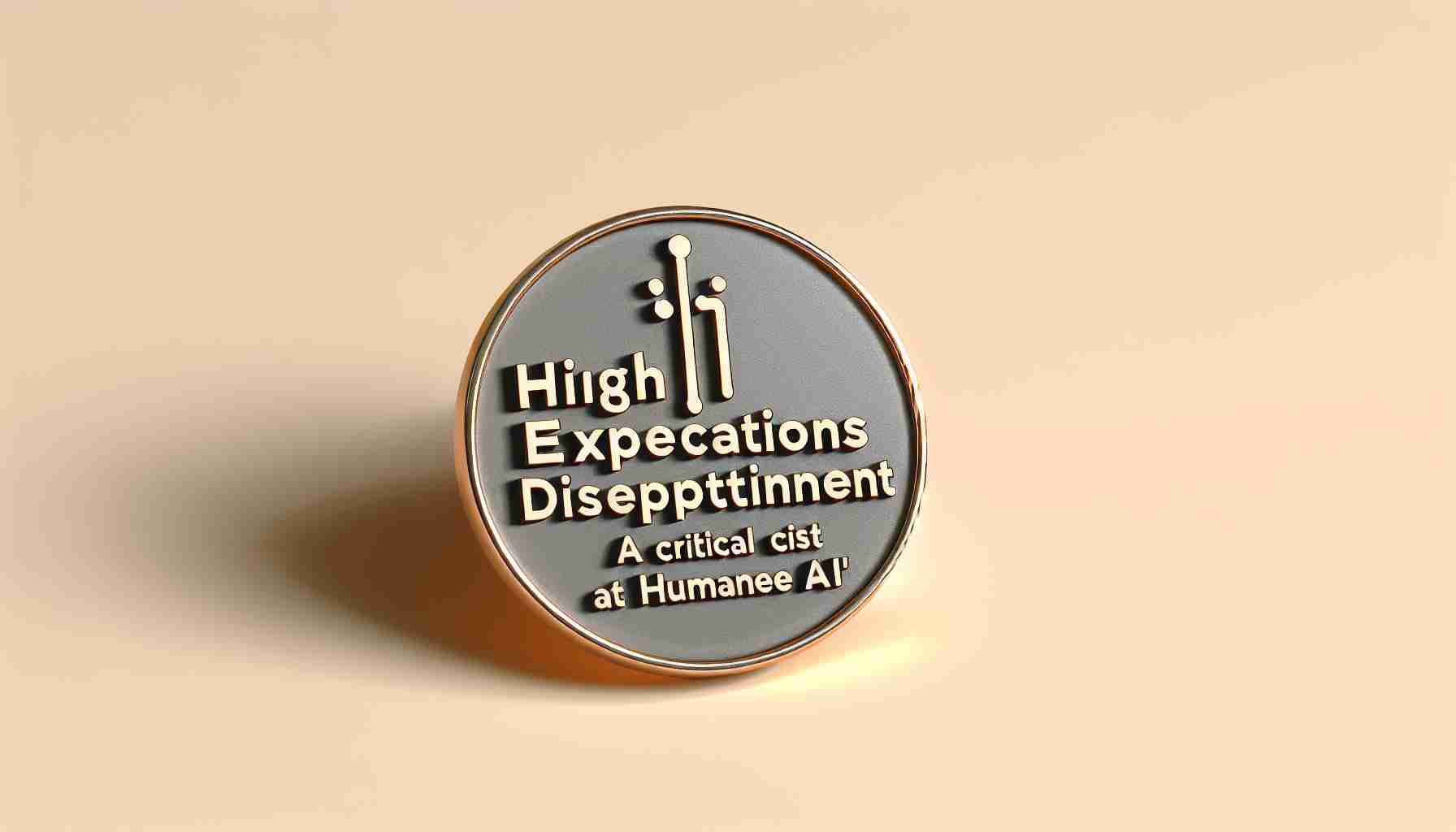Upon its release, the innovative Humane AI Pin has faced a wave of critical reviews calling into question its readiness for the consumer market. While the physical design has been praised for its durability and intuitive use, the performance and software capabilities fall short of the anticipation that has built up since the product’s initial announcement.
The device, which retails for $699 and requires a $24 monthly subscription, promises to serve as a “second brain” to its wearers. Designed to be wearable with a built-in microphone and camera, the AI Pin boasts its own operating system named Cosmos and claims to offer a hands-free experience comparable to science fiction gadgets. It is geared towards performing tasks like making calls, sending texts, and even projecting images, potentially revolutionizing how users interact with technology.
However, the reality of the product’s current state seems less revolutionary. Users report sluggish response times, misrecognitions, and frequent software bugs. Notably, the AI often fails to execute even basic commands such as playing music tracks or answering simple questions. Furthermore, despite its vision capabilities, the Pin has shown an unsettling tendency to provide confidently wrong answers.
With critics noting the inclusion of features that are either incomplete or missing entirely, Humane has stated it has plans to release updates to enhance the Pin’s functions. Still, many cannot help but wonder if a delayed launch might have allowed this hyped device to better meet its lofty promises and justify its premium price tag. This mismatch between expectation and reality serves as a stark reminder of the challenges faced in the field of wearable AI technology.
The Wearable AI Technology Industry
The Wearable AI Technology industry is a dynamic and rapidly growing sector, expected to expand significantly in the coming years. Market research forecasts suggest that the global wearable AI market could reach into the tens of billions by the mid-2020s, driven by consumer demand for smartwatches, fitness trackers, and other advanced wearable devices. These devices combine the capabilities of AI to analyze data in real-time, enhancing consumer convenience and augmenting human intelligence.
As this technology develops, key players in the market have been focused on miniaturization, increasing computational power, and improving battery life while maintaining user-friendly interfaces. Companies are also competing to integrate their devices with other smart technologies across the Internet of Things (IoT) ecosystem.
Market Forecasts and Potential
The trend towards health and fitness monitoring, alongside the desire for seamless integration with the digital world, has made wearables increasingly popular. The potential of wearables is further extended by applications in healthcare, where they can monitor patients’ vital signs remotely, and in enterprise settings, where they can improve efficiency and safety for employees.
However, the rapid growth and potential do not come without challenges. Many wearable AI devices, especially more innovative and ambitious products like the Humane AI Pin, face scrutiny for delivering less than promised upon release.
Issues in the Wearable AI Product Market
The challenges facing wearable AI products, such as the Humane AI Pin, often revolve around delivering consistent quality and reliable functionality. One significant challenge is the balance between power consumption versus processing capabilities. Wearable devices need to be light and comfortable, yet powerful enough to process AI algorithms. Moreover, privacy and security concerns about devices equipped with cameras and microphones are paramount for consumers, given the potential for data misuse.
Additionally, user experience is a critical aspect that can make or break a product’s reputation in the market. Products like the AI Pin, which strive to add convenience to daily life, must not only function reliably but also do so in an intuitive and user-friendly manner. When customers encounter issues with performance or encounter software bugs, as is the case with the AI Pin, it can significantly tarnish a brand’s image and consumer trust.
In response to these challenges, companies are constantly iterating their products, with an emphasis on improving user interface design, increasing the sophistication of AI algorithms, and ensuring robust privacy protections.
For those interested in exploring the ever-evolving market of wearable AI technology, or keeping up with companies like Humane that develop such devices, you can visit respected industry news sources and market research firms for more information, such as Business Wire or Gartner.
As the industry grows and technology evolves, it’s expected that companies will overcome initial hurdles, leading to more polished and sophisticated wearable AI devices that more closely align with consumer expectations and the initial hype surrounding their release.
The source of the article is from the blog queerfeed.com.br

